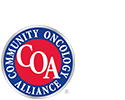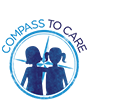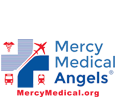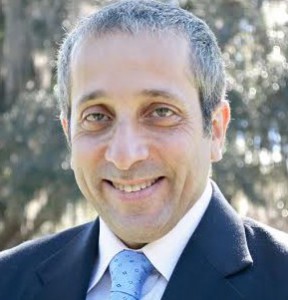Three Ways You Can Reduce the Impact of Cardiovascular Disease this American Heart Month
Most of the readers of this blog know that cardiovascular disease (CVD) is the number one killer of men and women in this country. According to the Centers For Disease Control and Prevention, CVD is a leading cause of disability, preventing Americans from working and enjoying family activities. Out-of-hospital cardiac arrests cause the deaths of an estimated 250,000 Americans each year. CVD costs the United States over $300 billion each year.
There are many small but significant actions we can take. Here is what you can do to make a difference: empower or continue to empower patients to take care of themselves.
1. Address the cost of heart medication
If the cost of your medicine is an issue, talk to your doctor or contact a patient assistance program that may be able to help with prescription co-pays.
2. Encourage healthy behaviors
Want people to eat better? Give them coupons for healthy food. Exercise? Give them coupons for short-term memberships to health clubs.
The stakes are higher in our country’s current health care landscape. With more people on health insurance than ever before, we need to do everything we can to empower people to seek help before an emergency and talk to their doctor about what they can do to take better care of themselves. This will have a direct effect on deaths from heart disease.
3. Ask your employer about Automatic External Defibrillators
There are instances in which individuals are dealt devastating genetic hands of cards. Recently, the Philadelphia Inquirer highlighted the plight of a Philadelphia family that had a genetic link to hypertrophic cardiomyopathy, a disease of the heart muscle.
For those who do experience heart issues, or even have a major event such as cardiac arrest, Automatic External Defibrillator (AED) devices can significantly increase the likelihood of survival. AEDs have been available for over 20 years, but in recent years, device makers have reduced the size and cost and increased usability of defibrillators, making public access defibrillation viable. “We believe ease of use is one of the most important qualities in an AED because the potential user may not be well-trained in resuscitating a victim of sudden cardiac arrest,” said Bob Peterhans, General Manager for Emergency Care and Resuscitation at Philips Healthcare. “This is consistent with the American Heart Association’s criteria for choosing an AED.”
While risk factors for CVD are often genetic, the majority of CVD is triggered by factors that are controllable: smoking, diet, and exercise. And this is where individual efforts need to be focused.
For more information on preventing CVD, check out the American Heart Association’s guidelines for taking care of your heart, which are broken down by age. The Centers for Disease Control and Prevention also offer an American Heart Month guide to controlling risk factors for cardiovascular disease. You may also want to check out The Heart Truth, a campaign from the National Institutes of Health to make women more aware of the danger of heart disease.
Read more Real World Health Care heart health-related posts:
- It’s Not Over Yet: Addressing Part Two of the Door-to-Balloon Time Initiative’s Success
- World Heart Day Underscores Why Exercise and Diet Count
- More Patients DASH to New Solution to Reduce High Blood Pressure
- Meditation Found to Cut Risk in Half of Death, Heart Attack, or Stroke in African Americans
Are you taking steps to prevent cardiovascular disease? If you, a family member, or a friend has CVD, what is working for treatment? Share your experiences and insights in the comments section.


















